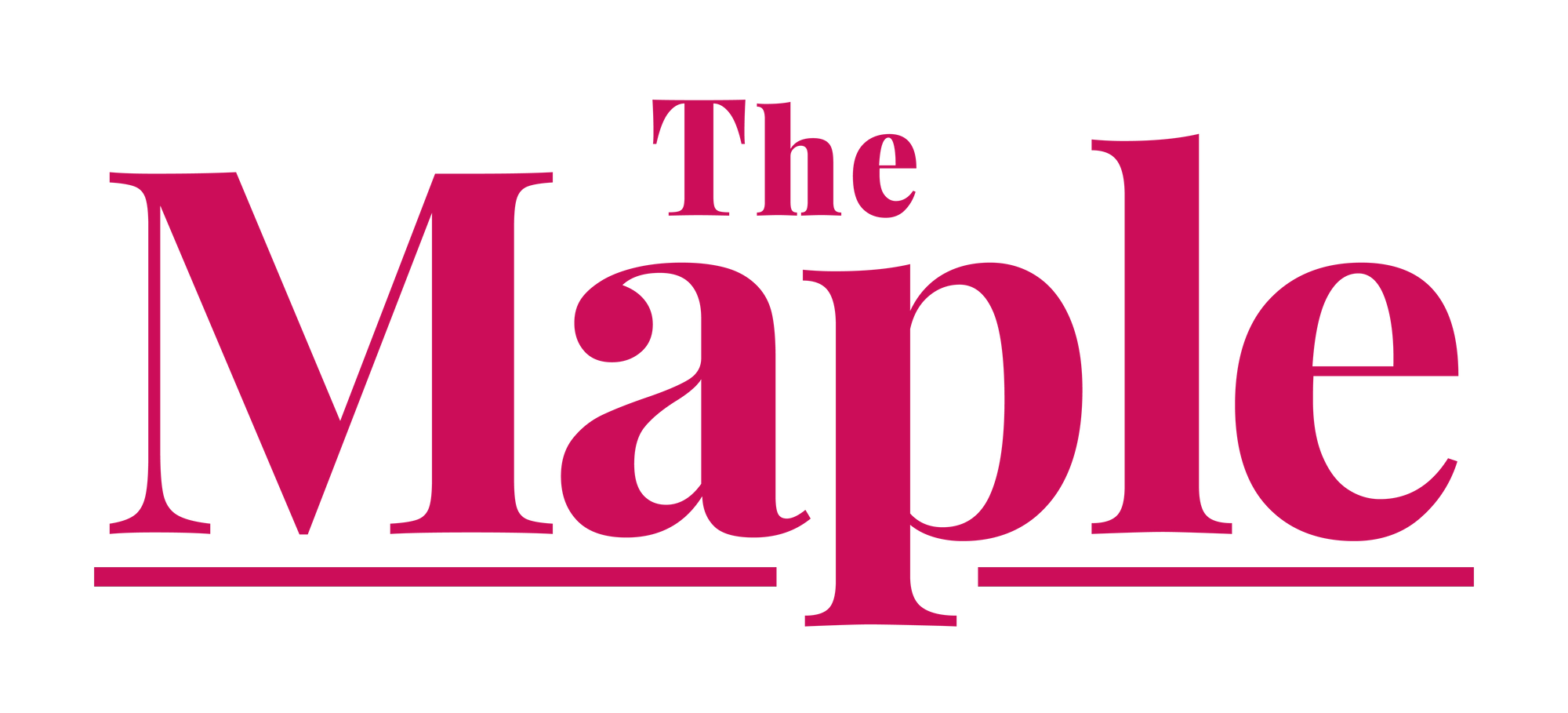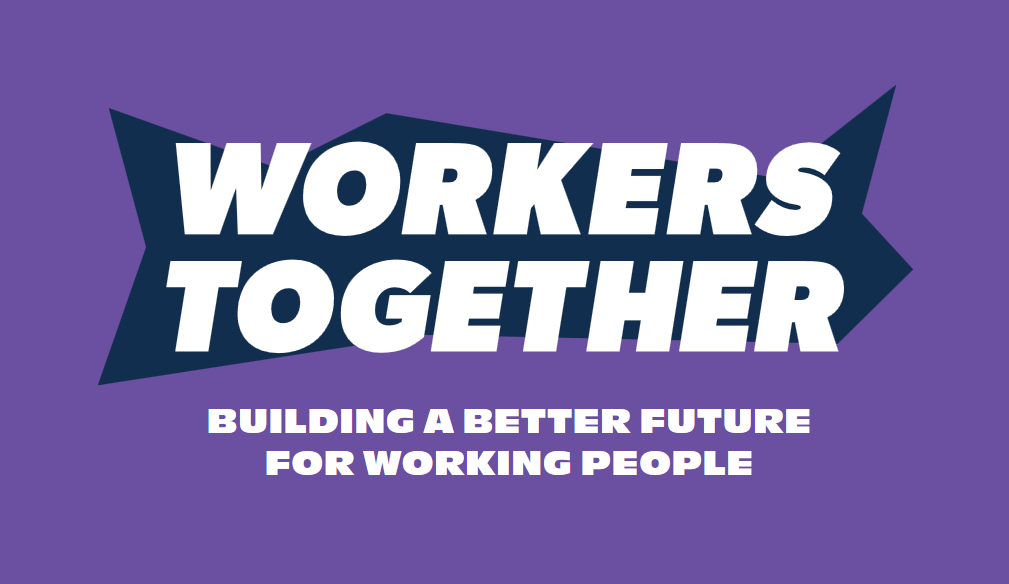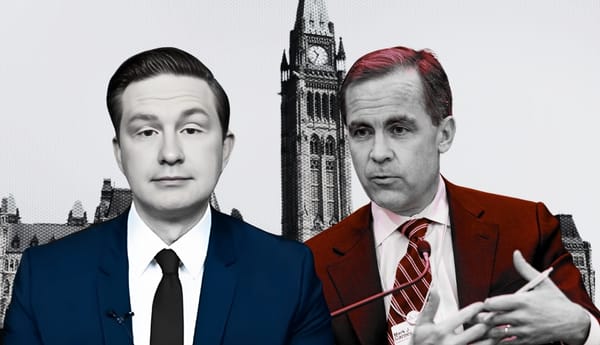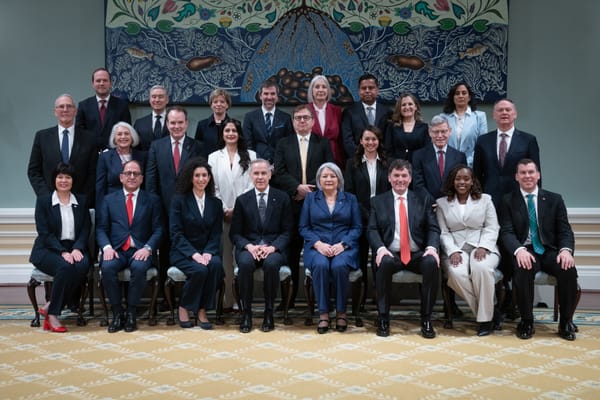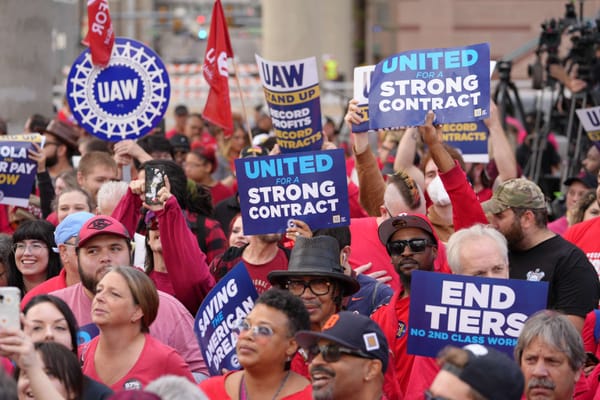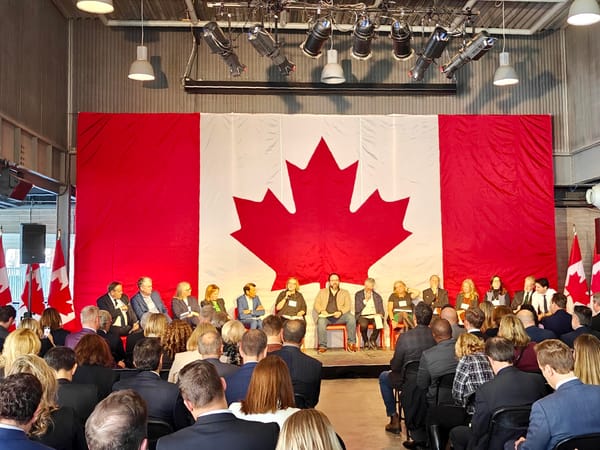
This is the second of a two-part series about the role of the labour movement in the ongoing Canadian federal election. In part one, I looked at the policy priorities of major unions and labour federations in Canada. This week, I examine union endorsements and consider the historical relationship between unions and political parties in Canada.
As I discussed last week, unions and labour federations across the country are working to shape the federal election. At the same time, labour’s ability to put its issues on the table is limited. This doesn’t mean that labour is irrelevant or inconsequential in the electoral realm, however.
Quite the contrary: Canadian political parties not only want the votes of union members, but also the endorsements of labour leadership. In fact, it’s safe to assume that many decision-makers inside the Liberals, Conservatives and NDP believe union endorsements are a path to union votes.
Thus, not only do federal parties and local candidates appeal to working-class voters on an individual basis, but they frequently seek the support of national unions and their locals.
Even though union membership has declined in Canada over the past four decades, particularly in the private sector, the labour movement remains an important political actor. In local elections, union endorsements and canvassing can prove decisive, especially where there are large concentrations of union members. There is a reason, for example, that the NDP holds on to seats in Hamilton and Sudbury, Ont., where the United Steelworkers has historically influential locals, endorses the party and campaigns for federal and provincial candidates.
Yet, the ability of unions to deliver their members at the polls is not so straightforward. As Daniel Westlake and Larry Savage argue, union members are frequently uninfluenced by the endorsements of their unions. Savage and Westlake’s survey research finds that, outside Quebec, only 37 per cent of surveyed union members report being “somewhat” or “much more likely” to vote for a union-endorsed candidate (in Quebec, that figure is 27 per cent).
Nevertheless, the union vote remains highly sought after by political parties and candidates alike, even if by historical standards the Canadian labour movement is much weaker than it once was. Moreover, right-populist appeals to blue-collar workers have only increased interest in the voting patterns of union members.
Conservative Party Leader Pierre Poilievre in particular has made appeals to workers, particularly blue-collar union members, a central focus of his campaign (despite a strongly anti-worker voting record and the endorsement of an anti-union lobby group). Calling for “boots, not suits,” Poilievre has managed to secure the endorsements of a handful of building trades unions with promises to slash regulations and promote development.
The Conservatives boast endorsements from the International Brotherhood of Boilermakers, as well as from the Canada’s Building Trades Unions and the Laborers’ International Union of North America (LiUNA).
At the same time, the tariff threat from the Trump administration has thrown a wrench into the Conservatives’ plan to woo labour. Unions may be hedging their bets against the backdrop of generalized economic uncertainty and the likely prospect of another Liberal government. As well, Conservatives’ ability to entice labour largely remains limited to blue-collar trades organizations, as was the case in the recent Ontario election.
More broadly, the shift to the right among workers may be exaggerated. Although “class dealignment” remains a concerning dynamic, there are deeper questions to address about the changing composition of the working class itself and how this has impacted voting patterns and electoral coalitions. In particular, as the working class has transformed, becoming more educated and racially diverse, attributes once taken as correlates of class identity, such as being male and having only a high school diploma, have become more associated with voting for conservatives.
The NDP, despite its struggles this election cycle, retains the endorsements of large unions with historical ties to the party, such as the Canadian Union of Public Employees (CUPE), the United Steelworkers (USW) and the Amalgamated Transit Union (ATU).
Although the NDP has historically been understood as the party of labour in English Canada, it has never enjoyed the institutional link to unions that many labour-based, social democratic or socialist parties in Western Europe do. Despite unions playing a decisive role in the party’s founding, and large unions like CUPE and USW remaining loyal partisan labour allies, the NDP is not and has never been a ‘labour party’ in a strict sense. In fact, weak historical ties between the NDP and labour may help explain why union endorsements don’t deliver votes, as Savage and Westlake have found.
Moreover, the approach unions take to politics becoming more transactional over the years has further weakened the ties between labour and the NDP. Increasingly, unions support parties or candidates based on narrow policy considerations or strategic voting considerations, such as attempting to defeat Conservative candidates, which often redounds to the benefit of Liberals. The effectiveness of strategic voting, however, is doubtful.
Without strong ties to labour, social democratic parties such as the NDP often relate to workers as individuals like any other liberal party. This helps explain, in part, why the NDP increasingly embraces ‘affordability’ measures such as sales tax breaks, which appeal to voters as consumers rather than workers.
Of course, unions’ move away from the NDP was not solely the decision of labour. The NDP itself has tacked to the centre in many ways, resembling social democratic parties the world over who have made peace with neoliberalism and economic orthodoxy. The experience of certain NDP provincial governments embracing austerity, and in some cases attacking labour, only exacerbated the problem.
This election, like so many before it, highlights the continuing dilemma facing labour and the left. Without labour as its core institutional constituency, the NDP remains a distant third party federally that, while embracing many policies that would significantly benefit working-class Canadians, lacks the capacity to mobilize a broad base of voters. Labour, on the other hand, by not forming itself into a coherent political whole with an institutional home in a party, instead issues policy demands as a “wish list” to a rightward shifting government in waiting.
As Savage told Class Struggle, “This ‘wish list’ approach to election campaigns has real limits. To influence parties with a real shot at power, unions need to demonstrate the organizational capacity to mobilize members to deliver election wins. Wish lists are no substitute for the leverage that comes with real political power.”
The weakness of union-party relations in Canada has meant that the labour movement frequently lacks a long-term or strategic political program or a vision for how to achieve it. Historically, where socialist parties and unions maintained stronger institutional ties, both aimed to bring workers into the political arena as a class rather than as individuals. The objective was to build working-class identity that could then be mobilized as a block of political actors. It’s no coincidence that the most robust welfare states were built in countries where labour and socialist parties had the strongest links, such as Sweden.
Many on the left are disillusioned with the NDP, or abandoned it long ago. But the fact remains, labour and the left need a vehicle to meaningfully intervene in the electoral arena in the here and now to improve the lives of working people. Traditionally, this has been done through a labour, socialist or social democratic party. Whether we do this through the NDP or not, rebuilding our political capacity is unavoidable.
Recent Class Struggle Issues
- April 7 | Here Are Labour’s Policy Priorities For The Election
- March 31 | The Liberals And Conservatives Are Proposing Terrible Tax Cuts
- March 24 | Carney May Be Better Than Poilievre, But Serious Issues Remain
- March 17 | North American Auto Unions Clash Over Trump’s Tariffs
